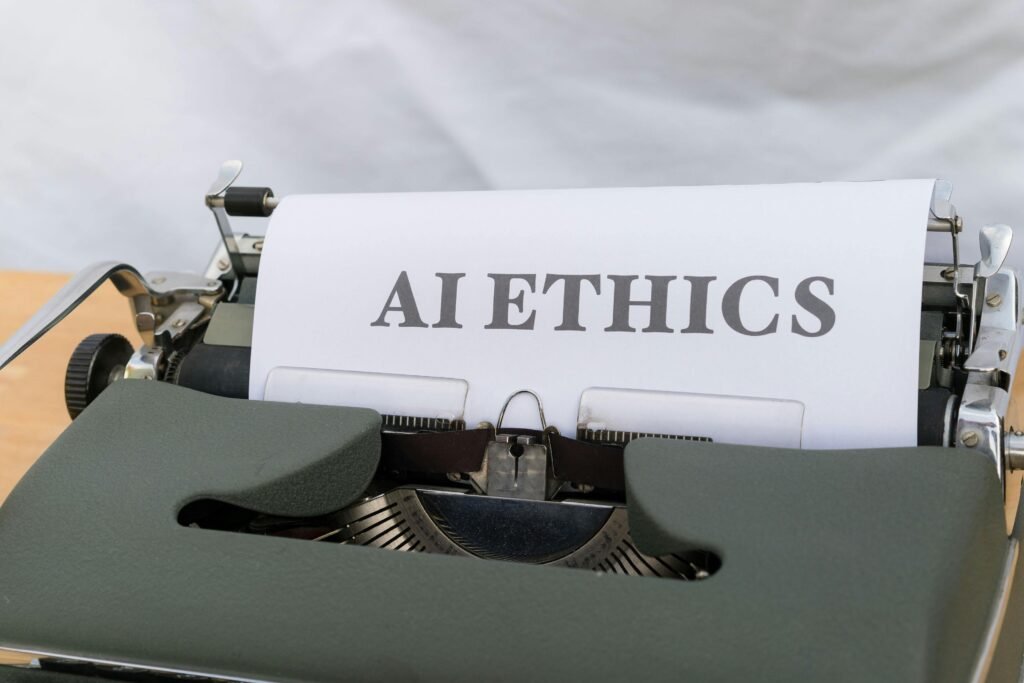🧠 7 Powerful Steps to Build Fair and Transparent AI Systems in 2025
In 2025, the power of artificial intelligence is transforming every sector—from education and healthcare to finance and law enforcement. But with great power comes a greater responsibility: ensuring AI is fair and transparent.
Building fair and transparent AI systems is not just about better code—it’s about better ethics, governance, and public trust.
At AiBlogQuest.com, we reveal 7 powerful steps developers and organizations can take to ensure AI systems uphold human values and justice.
⚖️ 1. Audit Training Data for Bias
AI learns from data—and if the data is biased, so is the AI.
📌 Example: Facial recognition systems misidentifying women and minorities due to non-diverse datasets.
✅ Action: Implement bias detection tools and use balanced, representative datasets from the start.
📊 2. Implement Explainable AI (XAI)
Black-box AI models often make decisions that humans can’t understand.
📉 Risk: If an AI denies a loan or predicts recidivism, users deserve to know why.
🔍 Solution: Use XAI techniques like LIME, SHAP, or decision trees to visualize and explain outcomes.
🛠️ 3. Apply Fairness Metrics During Development
Fairness is not a guess—it must be measured.
📊 Use metrics such as:
-
Demographic parity
-
Equalized odds
-
Predictive parity
💡 Tip: Continuously test and iterate based on these fairness benchmarks to detect discrimination early.
🧩 4. Include Diverse Stakeholders in the AI Lifecycle
Don’t just leave AI design to engineers and data scientists.
📢 Bring in:
-
Human rights advocates
-
Legal experts
-
People from affected communities
📌 Why? Diverse input leads to inclusive outcomes and fewer blind spots.
🔐 5. Make AI Models Transparent and Open Source
When possible, publish your models or methods for public scrutiny.
✅ Benefits:
-
Builds trust
-
Enables external audits
-
Reduces chances of hidden discrimination
🌐 Great examples: Hugging Face’s model cards, Google’s Model Transparency reports.
🛡️ 6. Ensure Strong Governance and Human Oversight
AI should never operate without human checks and balances.
📋 Put in place:
-
Ethics committees
-
Bias escalation protocols
-
Periodic third-party audits
🔐 Trust principle: Keep humans in the loop for high-impact decisions like hiring, lending, policing, or medical diagnostics.
🌍 7. Align AI with Global Ethical Standards
Your AI should follow internationally accepted frameworks like:
-
UNESCO’s AI Ethics Guidelines
-
The EU AI Act
-
OECD Principles on AI
📌 Result: AI that is aligned with human rights, sustainability, and social good.
🔗 Useful Links from AiBlogQuest.com
❓ FAQ: Fair and Transparent AI Systems
Q1. What are fair and transparent AI systems?
These are AI models that treat all users equally, provide explainable decisions, and operate with ethical accountability.
Q2. Why is fairness important in AI?
Without fairness, AI can amplify discrimination, marginalize users, and violate human rights.
Q3. What makes an AI system transparent?
A transparent AI system allows users to understand how decisions are made through open code, clear documentation, or explainability tools.
Q4. How can companies ensure their AI is fair?
By conducting bias audits, using fairness metrics, and involving diverse voices during development.
Q5. Are there global standards for building ethical AI?
Yes. Frameworks from UNESCO, OECD, the EU, and IEEE guide ethical AI development worldwide.
🏁 Final Thoughts
As AI continues to shape the world around us, it’s not just about what AI can do—it’s about what it should do.
By building fair and transparent AI systems, we don’t just create better algorithms—we build a better future.
Follow AiBlogQuest.com for more insights on responsible AI innovation, ethical design, and global AI governance.
🏷️ Tags:
fair and transparent AI systems, ethical AI, explainable AI, AI fairness metrics, AI accountability, aiblogquest, bit2050



